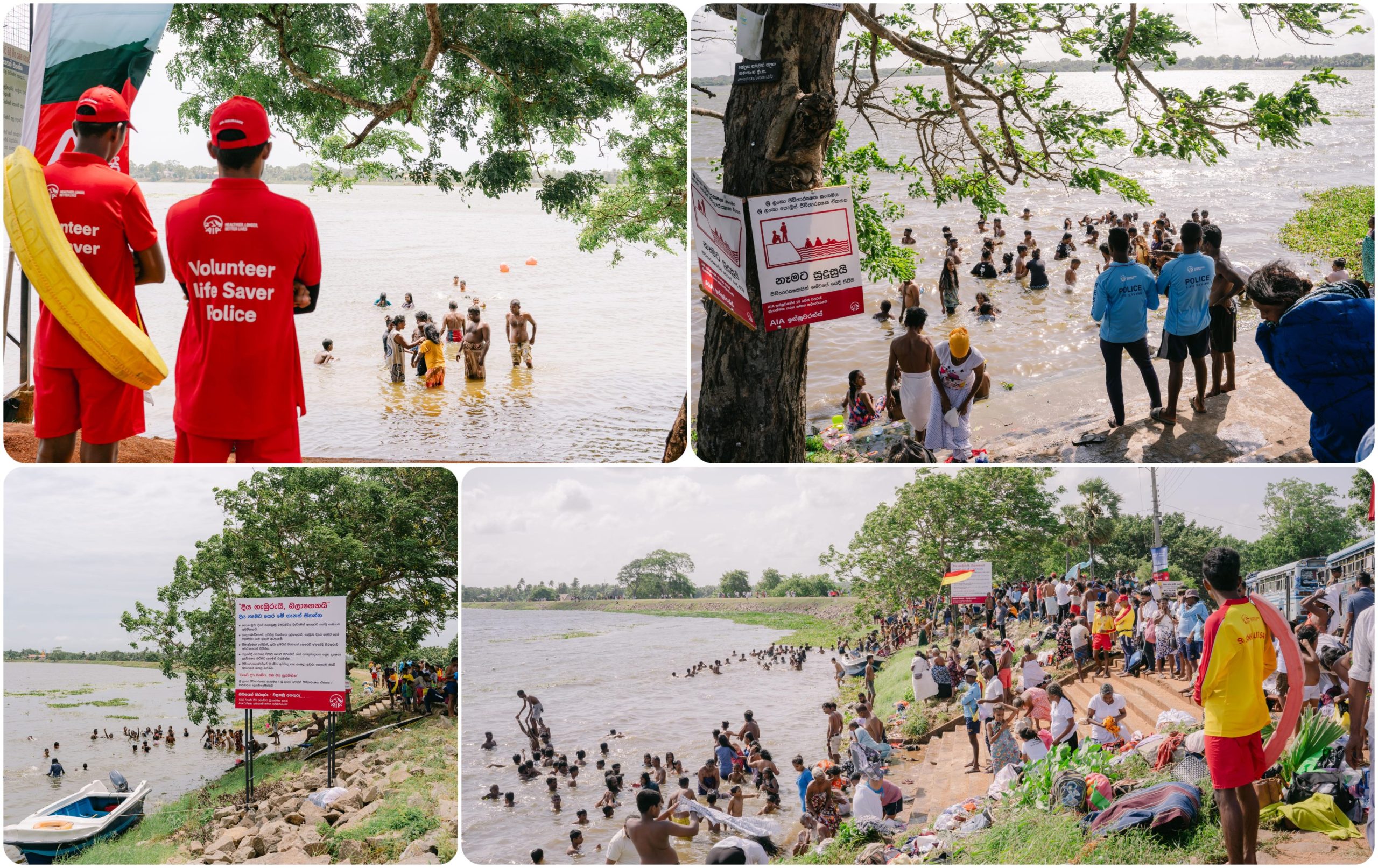Q. How has the sector coped with the changing landscape?
With the COVID-19 global pandemic, the insurance industry was able to quickly respond to the pandemic and introduce digital capabilities that have resulted in a positive outcome for the insurers and clients well for the future. Increased demand for some life insurance and non-life insurance policies, such as term, mortgage protection, and health most likely accounted for the expansion of the insurance business during the past year.
One of the key outcomes of COVID-19 has been the rapid increase in customers contacting their insurance service providers. Due to various health and safety regulations and lockdown situations, Insurance companies sought to leverage the online channels, updated FAQs and conducted proactive outbound communication (mainly email and online meeting tools) to reserve the phone for urgent claims. For most insurers, service standards thus remained at an acceptable level.
Almost all the insurance companies have implemented and fast-tracked their digital transformation process with the pandemic in order to streamline their business operations in a digitalized environment.
In the Sri Lankan context, insurance isn’t an essential service – especially life insurance. Insurance penetration is around 15% based on the population and 1.39% based on GWP. Market growth will be the same as 2020 but less than 2019.
In my view, the top three drivers for new investment in the insurance industry in the minds of local CEOs will be similar to the findings of the 2021 Global CEO outlook by KPMG, which are; Increase market share, On-board new digital technology to transform the customer experience/value proposition and Develop disruptive technologies that have potential to transform their operating model.


